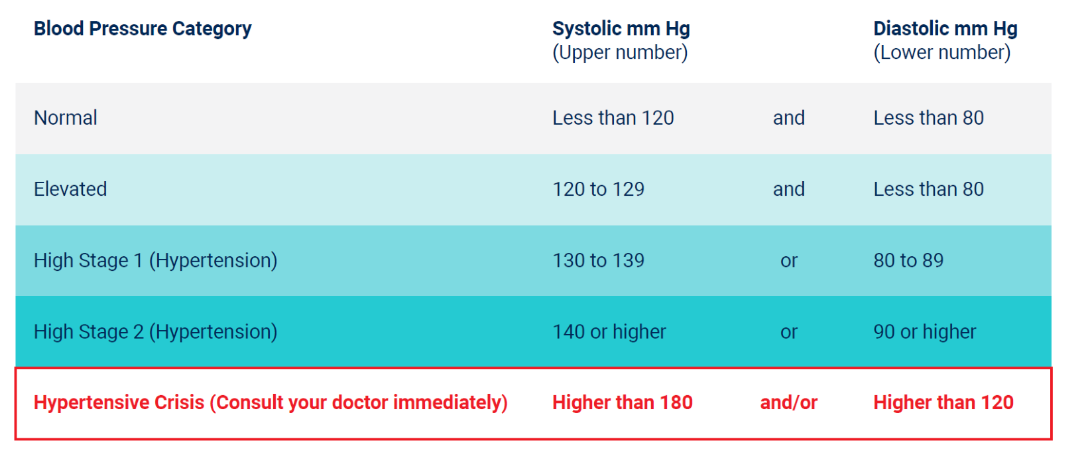Spectrum Health Hypertension Clinic
If your blood pressure falls into the stage 2 or hypertensive crisis categories and you have had difficulty with your medication, our hypertension clinic can help! This clinic is available to provide you with the tools and resources you need to gain better control of your high blood pressure. Our team focuses on:
- Optimizing medications
- Healthy lifestyle changes
- Weight loss if needed
- Healthy nutrition
- Exercise
Our hypertension clinic team acts as a bridge between you and your primary care physician to help improve control of your blood pressure. Once this goal is reached, you will resume follow-up care with your primary care provider.
Get a Referral
Contact your Primary Care Provider for a referral or contact us if you have questions or to self-refer.
What is high blood pressure?
One in three American adults have high blood pressure, also known as hypertension. Many people don’t know that they have high blood pressure, because it has no symptoms or warning signs. High blood pressure, especially when accompanied by other risk factors (high cholesterol, diabetes, obesity), increases the risk of developing or accelerating heart and kidney diseases.

What increases the risk?
Many factors can increase your blood pressure. These include:
- Age—risk increases with your age
- Being overweight
- Excessive alcohol consumption
- Family history of high blood pressure
- Gender—men are at higher risk than women before age 45; after age 65, women are at higher risk than men
- High cholesterol
- Inactivity
- Long-term (chronic) kidney disease
- Obstructive sleep apnea
- Race—African Americans are at higher risk
- Smoking
- Stress
- Too much fat, sugar, calories or salt in your diet
- Type 2 diabetes
Should I check my blood pressure at home?
It is recommended that blood pressure be measured on a regular basis. This can easily be done at home and doing so enables you to better manage your blood pressure. A home blood pressure monitor starts at approximately $40, and some insurance companies will cover part or all of the cost.
